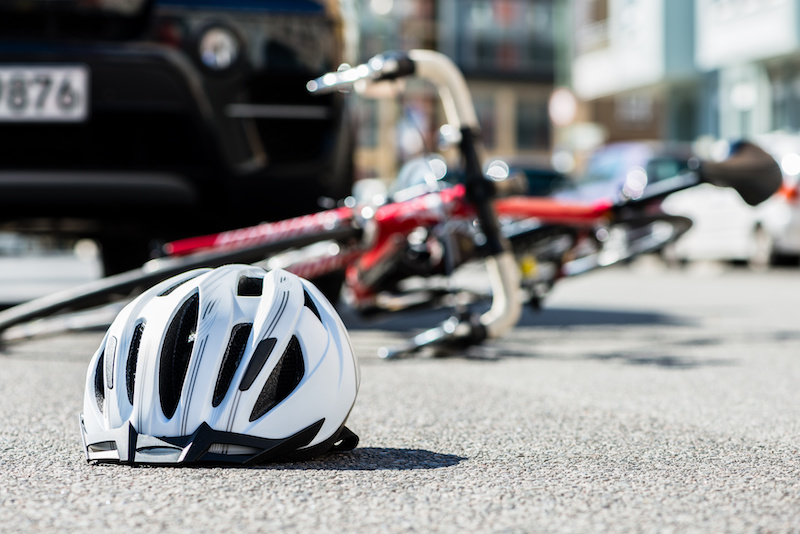In Bakersfield, California, the issue of car accidents is particularly significant due to the city’s unique characteristics, often leading to unexpected legal battles and complex procedures.
A key city in California’s Central Valley, Bakersfield is known for its agricultural and oil industries, which contribute to heavy traffic and a higher likelihood of vehicular incidents.
You can learn more about such incidents based on previous cases handled by reputed lawyers or law firms.
Bakersfield’s extensive network of highways and busy streets can become hotspots for accidents involving both passenger vehicles and commercial trucks.
This environment means that residents and commuters are frequently at risk of being involved in car accidents, potentially leading to lawsuits when disputes arise over fault or compensation.
In this article, we will delve into the stages of a car accident lawsuit, offering a detailed guide to help you navigate the legal process. Understanding what to expect can empower you to handle the complexities of a car accident lawsuit with greater confidence and clarity.
1. Filing the Lawsuit
The first stage in any car accident lawsuit is initiating the legal process by filing a complaint with the appropriate court. The complaint outlines the details of the incident and names all parties involved.
The plaintiff (the injured party) asserts their allegations against the defendant (the alleged at-fault party) and seeks compensation for damages incurred.
2. Discovery Phase
With both parties now engaged in litigation, they enter into what is known as the discovery phase. This stage allows both sides to investigate and gather the necessary evidence to build their case.
It involves document requests, interrogatories (written questions), depositions (interviews under oath), and other means of obtaining information related to the case.
3. Settlement Negotiations
During the discovery phase or even before it concludes, both parties may engage in settlement negotiations to seek a resolution outside of court proceedings.
Settlement negotiations provide an opportunity for parties to discuss their claims and potential agreement terms without going through lengthy litigation processes.
4. Mediation and/or Arbitration
If settlement negotiations fail or if partaking in alternative dispute resolution methods was initially agreed upon by both parties, mediation or arbitration might be explored.
These processes involve appointing neutral third-party experts or mediators who guide discussions with an aim to facilitate mutual consensus on settlement terms, leading to quicker resolutions.
5. Trial Preparation
If no mutually acceptable settlement is reached through negotiation or alternative dispute resolution, the car accident lawsuit proceeds to trial. During this stage, both sides meticulously prepare their cases to present before a judge and/or jury.
This may entail further investigation, gathering expert witness testimony, and finalizing exhibits or visual aids for presentation.
6. The Trial
The trial phase is the culmination of this legal journey. The process may vary depending on the court’s procedures, state laws, and the complexity of the case.
Both sides present opening statements, call witnesses to testify, cross-examine those witnesses, and introduce evidence that supports their arguments. Finally, closing statements bring an end to the trial phase.
7. Jury Deliberation and Verdict
If a jury is involved in the trial, they are tasked with deliberating on the facts presented during the trial and ultimately delivering a verdict.
The jury carefully weighs all evidence and applies relevant laws to make an informed decision regarding liability, fault assignment (if applicable), and compensation owed to the plaintiff.
8. Appeals Process
Following a verdict by either a judge or jury, either party has the option to appeal if they believe a legal error occurred during proceedings or disagree with the decision made.
The appeals process can take months as it involves reviewing briefs from both sides advocating their positions on legal matters while challenging or defending previous court rulings.
9. Post-Trial Motions
After the verdict is delivered by a judge or jury, post-trial motions may be filed by either party.
These motions can include requesting a new trial, asking for judgment notwithstanding the verdict (JNOV) if the jury’s decision appears to be unreasonable or unsupported by evidence, or seeking modifications to the verdict.
The court reviews these motions and determines whether any adjustments are warranted.
10. Enforcing the Judgment
Once a verdict or settlement is reached in favor of the plaintiff, efforts must be made to enforce the judgment and collect the monetary compensation awarded.
If the at-fault party fails to voluntarily fulfill their obligations, additional legal steps may be necessary, such as garnishing wages or placing liens on their property.
11. Dealing with an Unfavorable Outcome
In some unfortunate instances, despite one’s best efforts and strong case presentation, a car accident lawsuit may result in an unfavorable outcome.
It is essential to understand that even with extensive preparation and skilled legal representation, securing a favorable judgment is not guaranteed in every situation.
If faced with an unfavorable outcome, alternatives such as appealing the judgment or considering settlement offers should be explored in consultation with legal professionals.
Conclusion
Navigating a car accident lawsuit can be overwhelming for any party involved, but being aware of what lies ahead may help reduce stress levels during these challenging times.
By understanding each stage – from filing the initial complaint to potential settlement negotiations or even proceeding through full-fledged trials – the injured party gains insights into how their case progresses through the legal system’s complexities smoothly.



